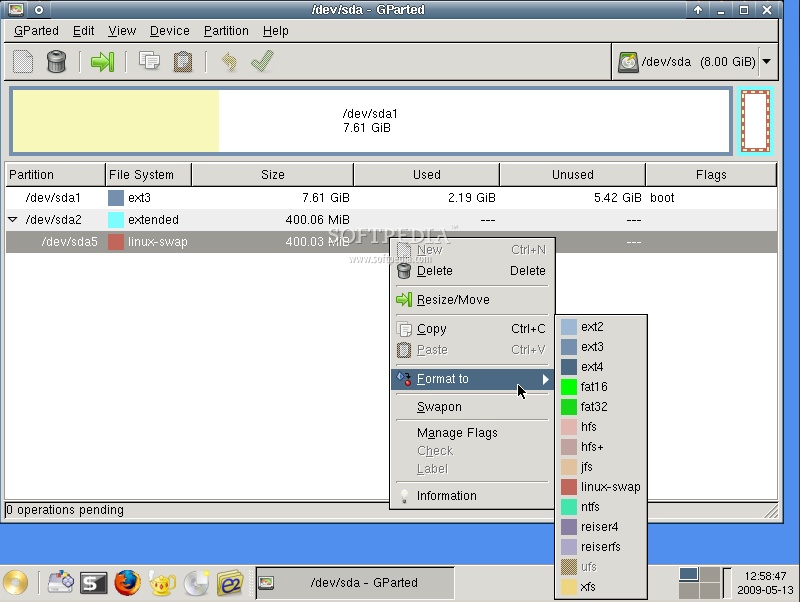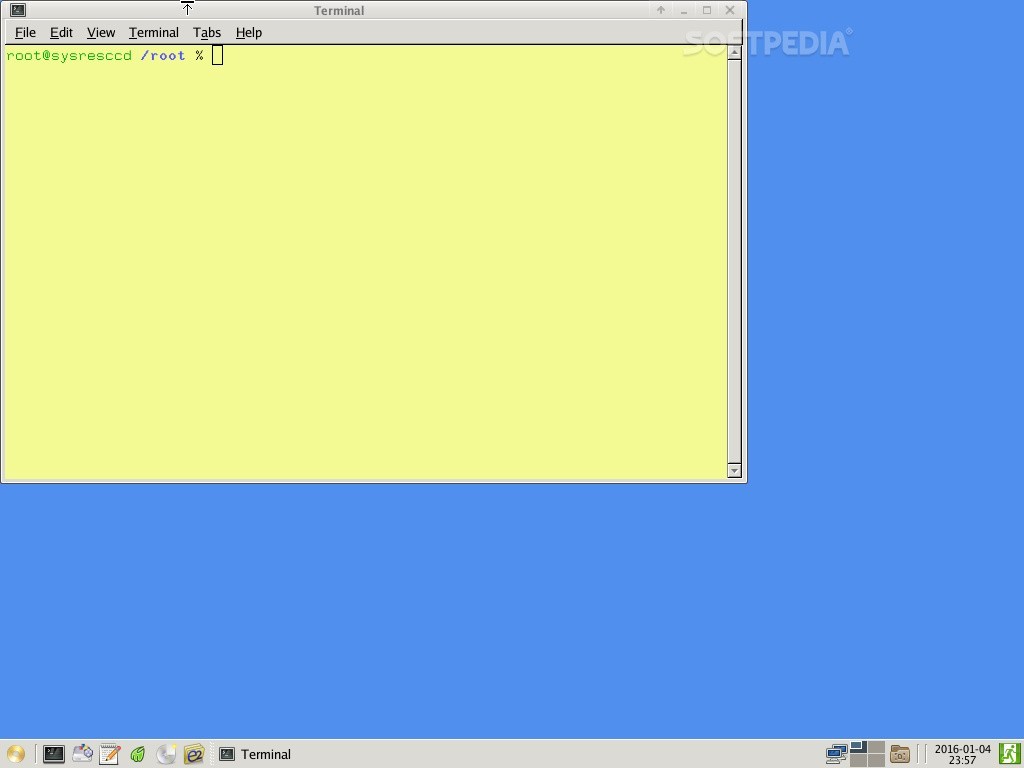
- #SYSTEMRESCUECD MAC USB MAC OS#
- #SYSTEMRESCUECD MAC USB INSTALL#
- #SYSTEMRESCUECD MAC USB DRIVERS#
- #SYSTEMRESCUECD MAC USB DRIVER#
- #SYSTEMRESCUECD MAC USB PASSWORD#
I am reading a lot of ppl talking about being in 2022 and "how can someone still needs it", but thats really depends in what you do and the envirnoment were you are. The exception being super old machines still running Windows XP and some arcane custom program from a company that doesn't exist anymore that's used to interface with hardware from a company that also doesn't exist anymore. I can't imagine actually wanting to take the time to boot into a recovery environment to fix something at this point. I think at this point in my career I have gotten my systems managed enough that I can either fix the problem quickly, or I just don't want to waste the time and will just give the user a new computer. I'm not quite sure when the transition happened.
#SYSTEMRESCUECD MAC USB INSTALL#
Now I basically have one on my key chain because sometimes I need to move files around and sometimes it's a little easier to use a USB drive, but yeah other than that I mostly use it to install Linux on my home computer when I decide it's time to check it out again. Used to have Pocket Apps on it and some recovery images along with some other random stuff. Having my USB drive with all my special programs and images used to be really important to me. OS files for the network devices that we use (Cisco, Juniper, others) which I'll toss into a virtual Flash drive when I need them.
#SYSTEMRESCUECD MAC USB DRIVERS#
Various drivers for hardware that I normally run into.Dell PowerEdge boot CD (for the older stuff).Windows PE on a virtual flash drive for some of the Windows imaging work that we do.

#SYSTEMRESCUECD MAC USB DRIVER#
I've used this for laptop/PC imaging, driver installs, Live CDs with various "fixing" tools, as well as updating network switches and routers. The drive supports AES encryption (but if you're booting from the drive, the time it takes to unlock it may get in the way of your being able to boot to it, such as on Surface laptops). It also emulates an optical disk drive (you select the ISO to "load" using the on-device screen/keypad) for booting as well as up to 4 additional drives (appearing as memory sticks or USB-connected hard drives). I use the iodd Mini (search Amazon for it), which has an M.2 SSD at the core (up to 1TB). There are certainly other methods to do this but it's relatively easy and safer than a text document in a (protected) network share, I guess. We mainly need it since we have to manage licenses in some web uis for programs from Adobe and autodesk for example so it allows us to use generated passwords whitout having to exchange said passwords all the times since they can be hidden from some users.
#SYSTEMRESCUECD MAC USB PASSWORD#
Not sure what feature you expect from a password manager but so far it seems to do the job for us. You can have 2fa by having their phone application so you don't have to use SMS texts which is apparently unsafe(r) than other 2fa methods so that's also a plus, I guess. Not sure about the pricing tho, my boss handles that. So far it seems to be fine and does what it should. So far it looks to work well, you can create different groups and assign individual users to those groups and decide if they can see passwords or not for example. nothing happens, I recieved classical "No bootable media" from my motherboard.We only started using it recently and are still working on importing all our accounts. Now I disconnect old HDD, connect new SSHD, insert created USB (it successfully detected as "UEFI: USB Flash Disk"), select boot from this. When it tells "All OK, bro!", I manually mount /dev/disk2s1 and replace "ist" with one from my HDD (it work perfectly and include some fixes) With Clover installation, selected my USB, "Only install for UEFI systems" (maybe it misprinted - I used russian-localized installer), "metal" theme, and nothing otherĤ. "Repair" BaseSystem.dmg (+ replace Packages) from 10.8.5 original install app to created partitionģ.


Format USB in GPT/HFS+ with Disk UtilityĢ.
#SYSTEMRESCUECD MAC USB MAC OS#
Yesterday I bought a new SSHD for my PC, and chosen to reinstall Mac OS with full UEFI-boot support (now I using clover in legacy-mode with "active first" method).Īnd first thing that has frozen me - is creating an UEFI-bootable USB stick with ML10.8.5.ġ.


 0 kommentar(er)
0 kommentar(er)
